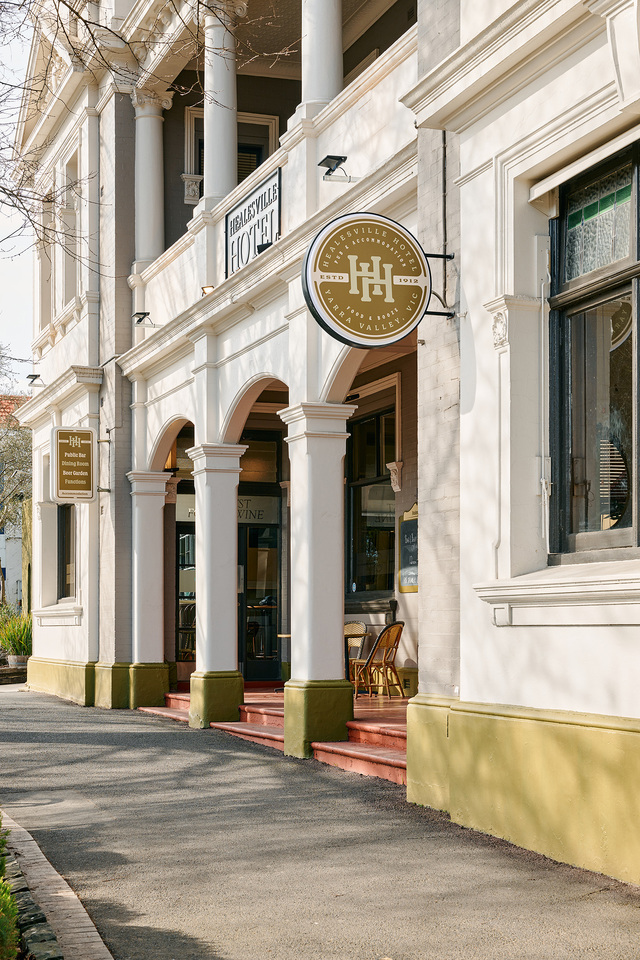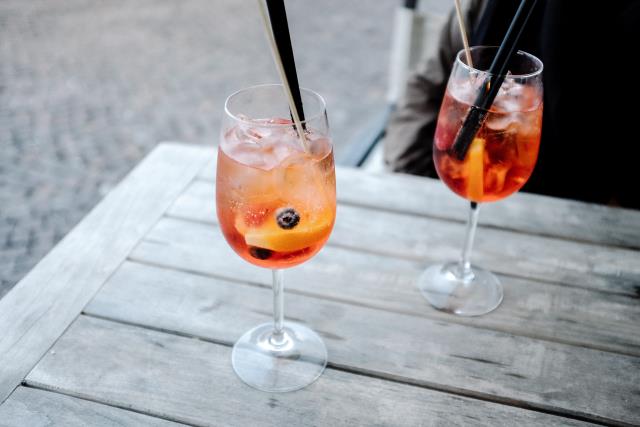ANYONE who has ever looked at the wonderful photos of pets on websites or in magazines and calendars might wonder just how photographers achieve such great results.
Here are a few tips to help ‘novice’ photographers get the best result with pets and pictures.
One of the most important aspects of good pet photography is to capture the animal’s personality.
Dogs and cats are always more ready to be photographed when they are comfortable rather than being posed, so keep a camera handy for those times when the pet is doing something unusual or cute.
When taking a photo of more than one puppy or kitten, pop them in a basket to keep them together.
Make a soft noise of use a squeaky toy to get animals to look at the camera.
The camera should be at the same level as the animal, and when photographing children with their pets try to have the child and the animal on the same level.
Fill the view finder with the subject and don’t forget to check the background – a tree or a chair ‘growing’ out of the pet’s head can ruin an otherwise good photo.
Black dogs and cats are difficult to photograph, so place them against a lighter background.
Check that there are no shadows across the animal, and if using a flash beware of ‘red eye’.
To avoid this either take the photograph in light which does not require a flash or try not to have the pet looking at the camera.
Start a photo album to record milestones in a new pet’s life, much the same as a baby album.
The first photos may be of the new pet as you take it home from the breeder or the animal shelter, Pup’s or Kitty’s’ first Christmas, birthdays and the family pet on picnics and holidays and enjoying other family activities.
Information courtesy of Petcare Information and Advisory Service Australia.
Get the pets in the picture
Digital Editions
-

A local oasis in the heart of town
In the heart of Healesville lies a hidden gem that encapsulates the essence of community warmth and hospitality: Healesville Hotel, more than just a place…






